OER Toolkit – Curation
This module includes information to help find, evaluate, adapt and share open educational resources to meet learning outcomes and objectives. The module also offers information on how to describe and organize OER to enable its discovery by future users.
Tips for Getting Started with Curation

Consider collaborating with others
With the shared aim of meeting student learning outcomes, educators can work together on constructing searches and evaluating fit of OER for the course needs.

Conduct your searches in recognized repositories
Search recognized OER repositories and aggregated content collections to explore what already exists. A list of commonly used OER repositories are provided within this resource.
![]()
Become familiar with open licensing and accessibility requirements
Contact your local Educational Service Unit (ESU) for more information on open licensing, copyright policy and accessibility requirements. You can also use the resources provided in the Licensing Module of the OER Toolkit.

Determine your evaluation criteria
Criteria should incorporate learning objectives and outcomes, content quality, rigor, and even format. See the evaluation rubrics offered in this module for help or contact your ESU.
Overview of OER Curation
More than merely collecting content on a specific subject, strong curation involves carefully selecting content and evaluating it for a specific purpose. When OER is a part of the curation process, content deemed useful during the evaluation process can then be customized by the curator, and re-shared for future users. Below is a high level overview of the processes and steps involved in curating OER.
Attribution:
Introductory text is a derivative of Content Curation: Finding the Needles in the Haystacks, by Christopher Lister, Roaming Educator, licensed under CC-BY-NC-SA 4.0
Processes for Curating OER by ISKME, licensed under CC-BY 4.0
Find
There are a multitude of OER out there to choose from, including open textbooks, courses, multimedia resources, and data. These can be found by searching regular search engines (like Google), but it is much easier to find them through dedicated OER repositories or libraries. For Nebraska educators, the first stop should be the Nebraska’s OER Commons Hub where items can be aligned to Nebraska standards or are already aligned to Nebraska standards. Other popular OER repositories that also could be considered are shown and linked below. Remember the items in the other repositories cannot be aligned to Nebraska standards.
Evaluate
The best OER evaluation rubrics include traditional evaluative criteria that address a resource’s editorial quality. They also include criteria that address resource portability, and resource effectiveness in engaging learners. Below is a sampling of rubrics that are recommended for use in evaluating OER.
Adopt or Adapt
An OER resource that is curated can be used “as is” or it can be revised or remixed. If changes or additions are made to a resource based on evaluation results, one option is to use the OER Commons field-tested guides and tools listed below to help in the alignment effort. Also, members of the Nebraska’s OER Commons Hub have the option to align the resources to Nebraska’s academic content standards.
Organize & Share
There are many ways to share OER. Resources can be forwarded to colleagues via email, shared within a local learning management system (LMS) or shared via online sites specifically designed to accommodate OER. Below are tools and information to help in organizing and assigning a license to OER allowing for subsequent use of OER by others, within and beyond a school district.

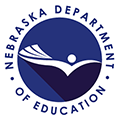



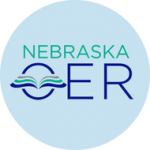 Nebraska OER
Nebraska OER  HippoCampus.org
HippoCampus.org 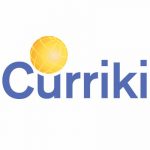 Curriki Library
Curriki Library The Open Education Consortium (OEC)
The Open Education Consortium (OEC)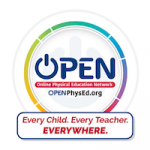 OPEN
OPEN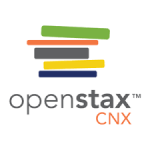 OpenStax CNX
OpenStax CNX